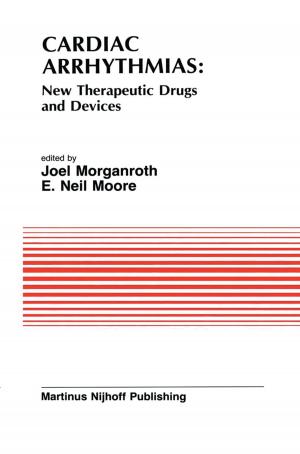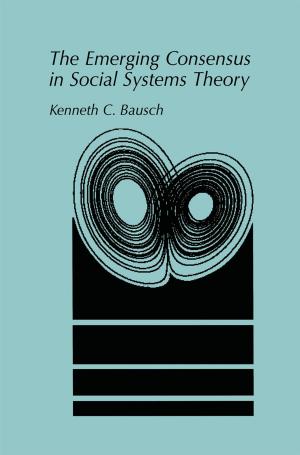Psychology and the Aesthetics of the Built Environment
Nonfiction, Health & Well Being, Psychology, Psychiatry, Social Psychology| Author: | Arthur E. Stamps | ISBN: | 9781475763263 |
| Publisher: | Springer US | Publication: | April 17, 2013 |
| Imprint: | Springer | Language: | English |
| Author: | Arthur E. Stamps |
| ISBN: | 9781475763263 |
| Publisher: | Springer US |
| Publication: | April 17, 2013 |
| Imprint: | Springer |
| Language: | English |
Recent legislative trends in the United States, the United Kingdom, and many other countries now require accurate and efficient assessment of environmental aesthetics. Most of this assessment is currently undertaken using traditional design judgment, but when the powers of the government are used to enforce policy the scope of the aesthetic evaluation requires consideration of questions such as `What concepts will aesthetic decision makers need to perform their intended function?', `How can they obtain the information they need?', and `What is currently known about environmental aesthetics?'.
This book answers those questions with a solid, logical theory of environmental aesthetics, empirical evidence covering 277 studies, 41,000 respondents and 12,000 stimuli, and seven case histories showing how the theory can be applied to actual aesthetic decisions. The book proposes a unified protocol for measuring the magnitude of aesthetic impacts. It also applies that protocol to 94 specific findings which span a very wide range of issues.
Recent legislative trends in the United States, the United Kingdom, and many other countries now require accurate and efficient assessment of environmental aesthetics. Most of this assessment is currently undertaken using traditional design judgment, but when the powers of the government are used to enforce policy the scope of the aesthetic evaluation requires consideration of questions such as `What concepts will aesthetic decision makers need to perform their intended function?', `How can they obtain the information they need?', and `What is currently known about environmental aesthetics?'.
This book answers those questions with a solid, logical theory of environmental aesthetics, empirical evidence covering 277 studies, 41,000 respondents and 12,000 stimuli, and seven case histories showing how the theory can be applied to actual aesthetic decisions. The book proposes a unified protocol for measuring the magnitude of aesthetic impacts. It also applies that protocol to 94 specific findings which span a very wide range of issues.















